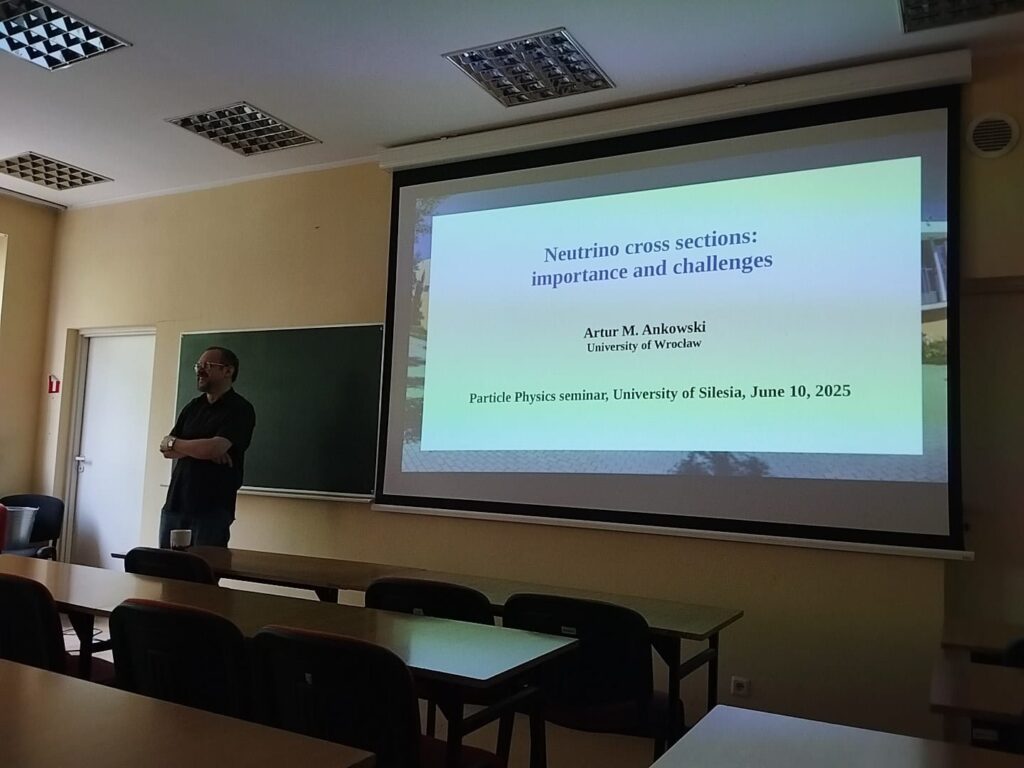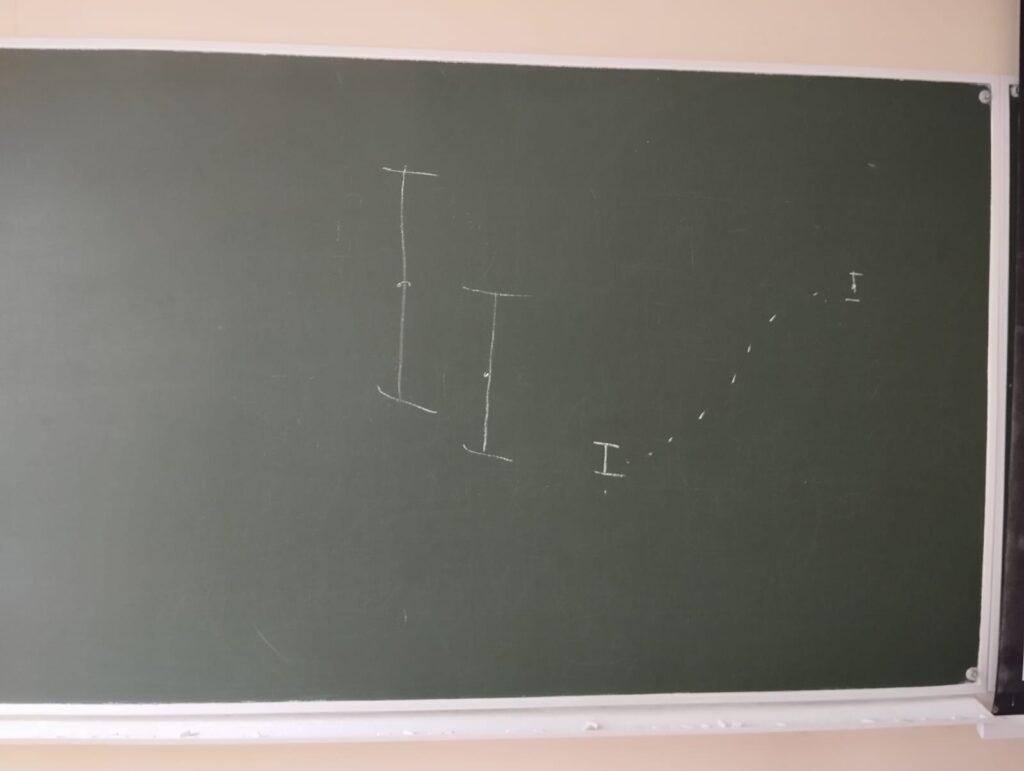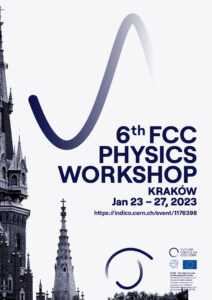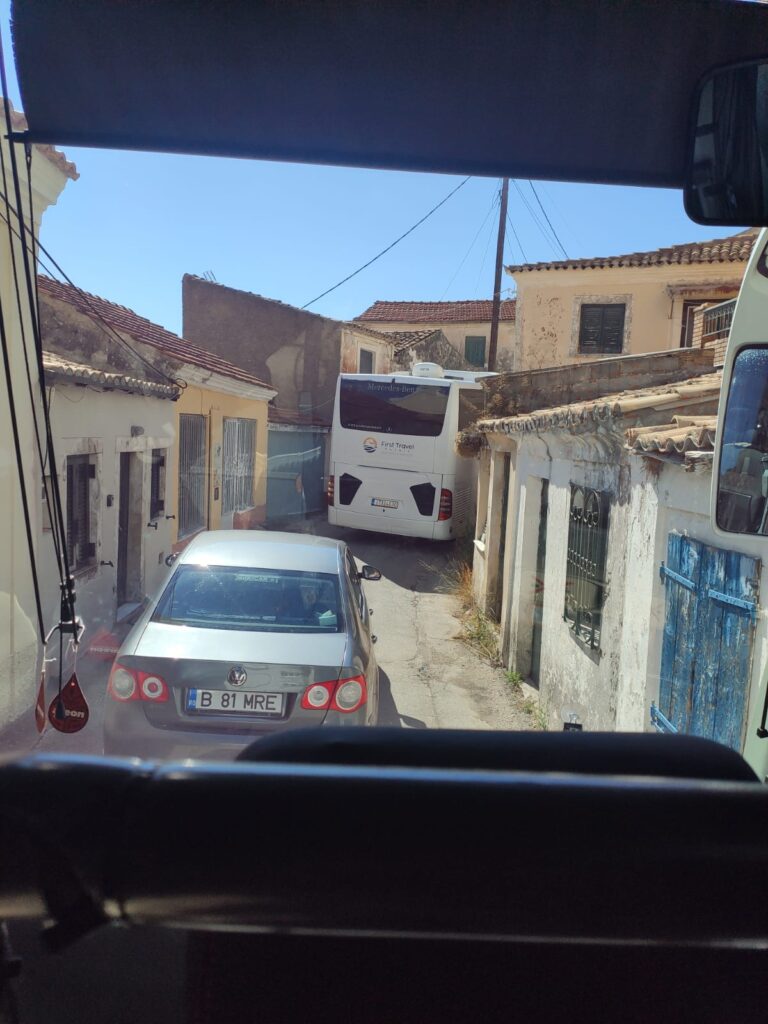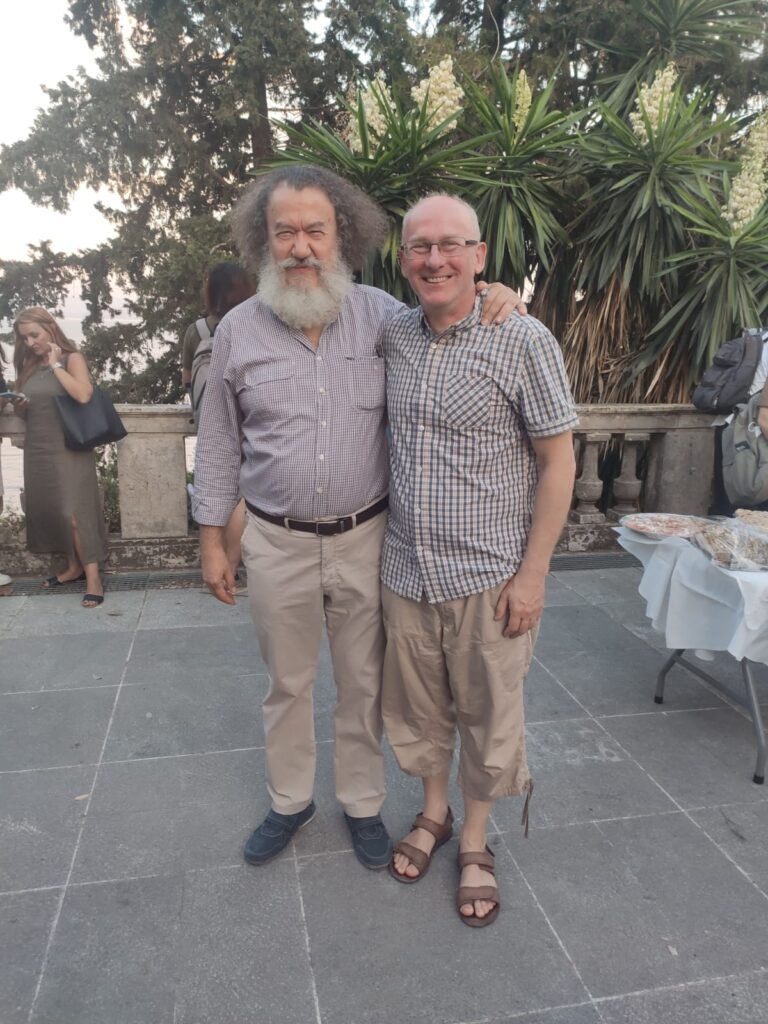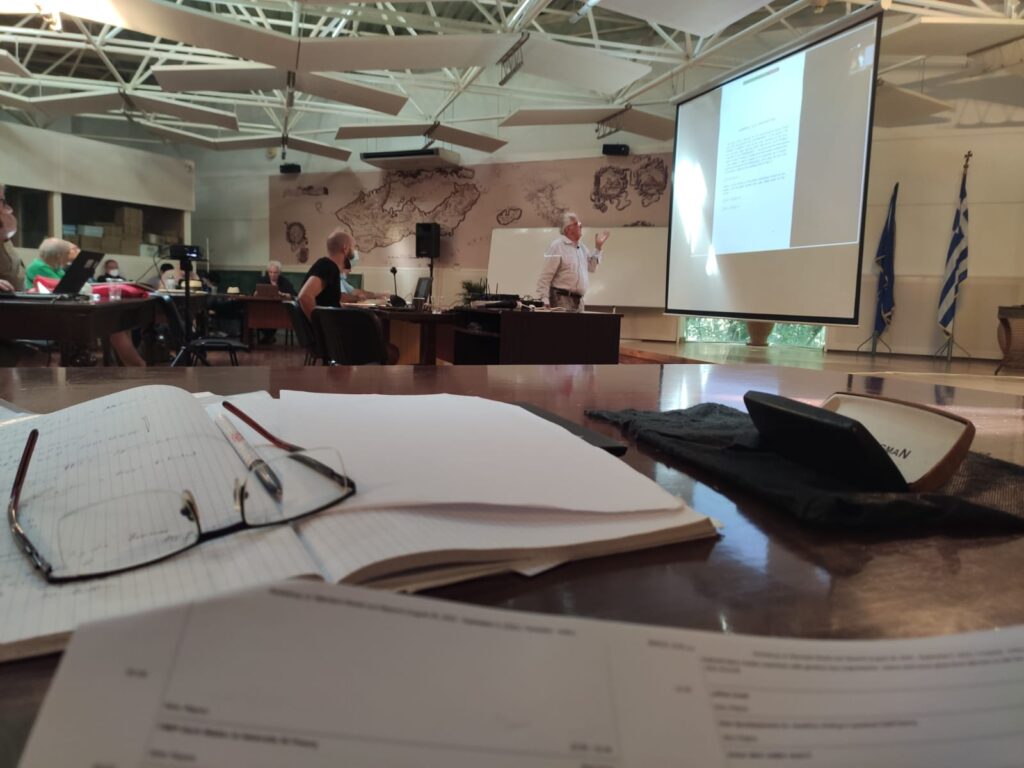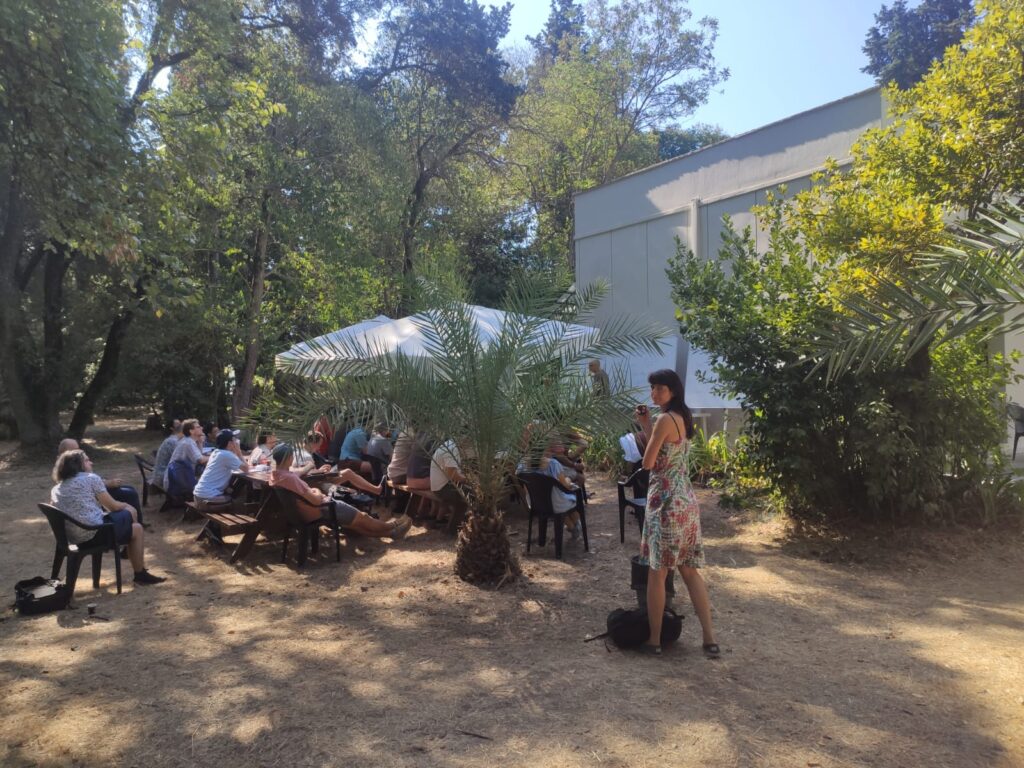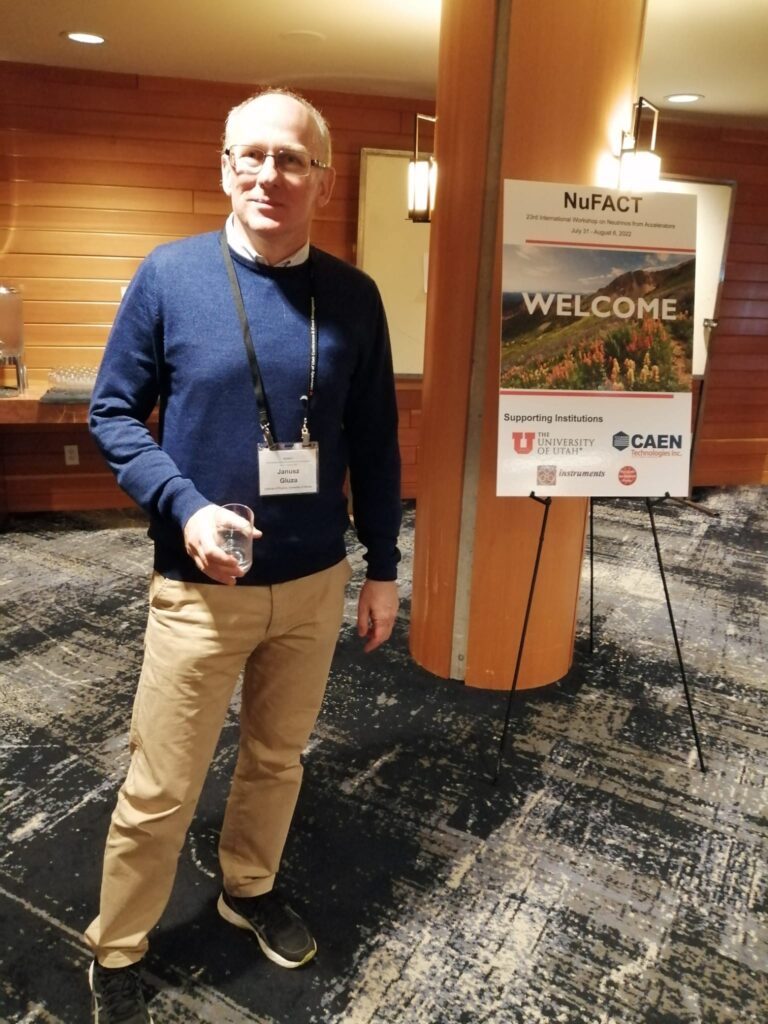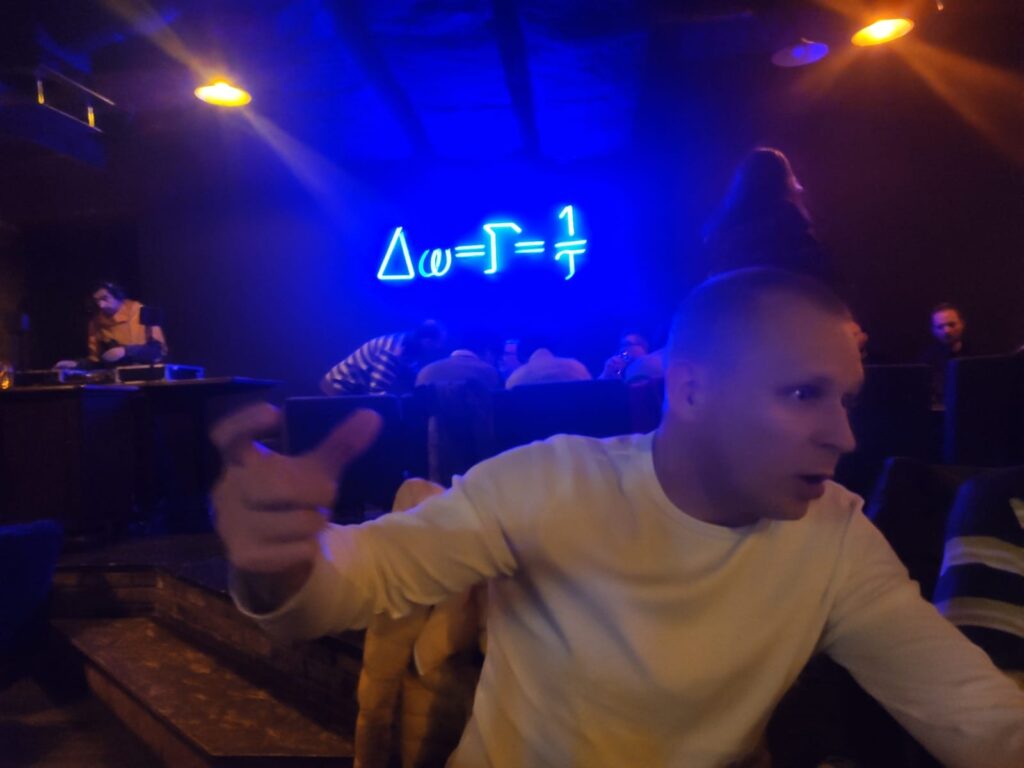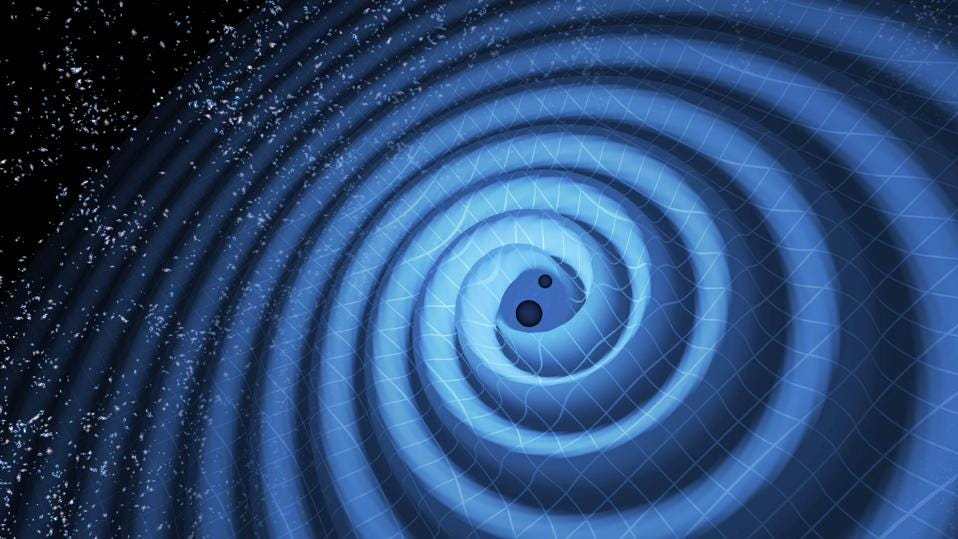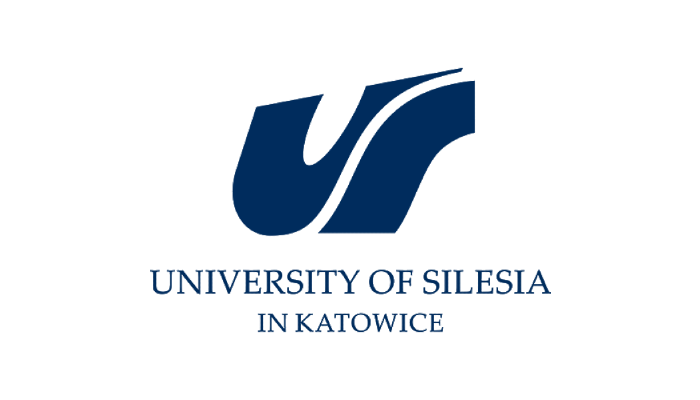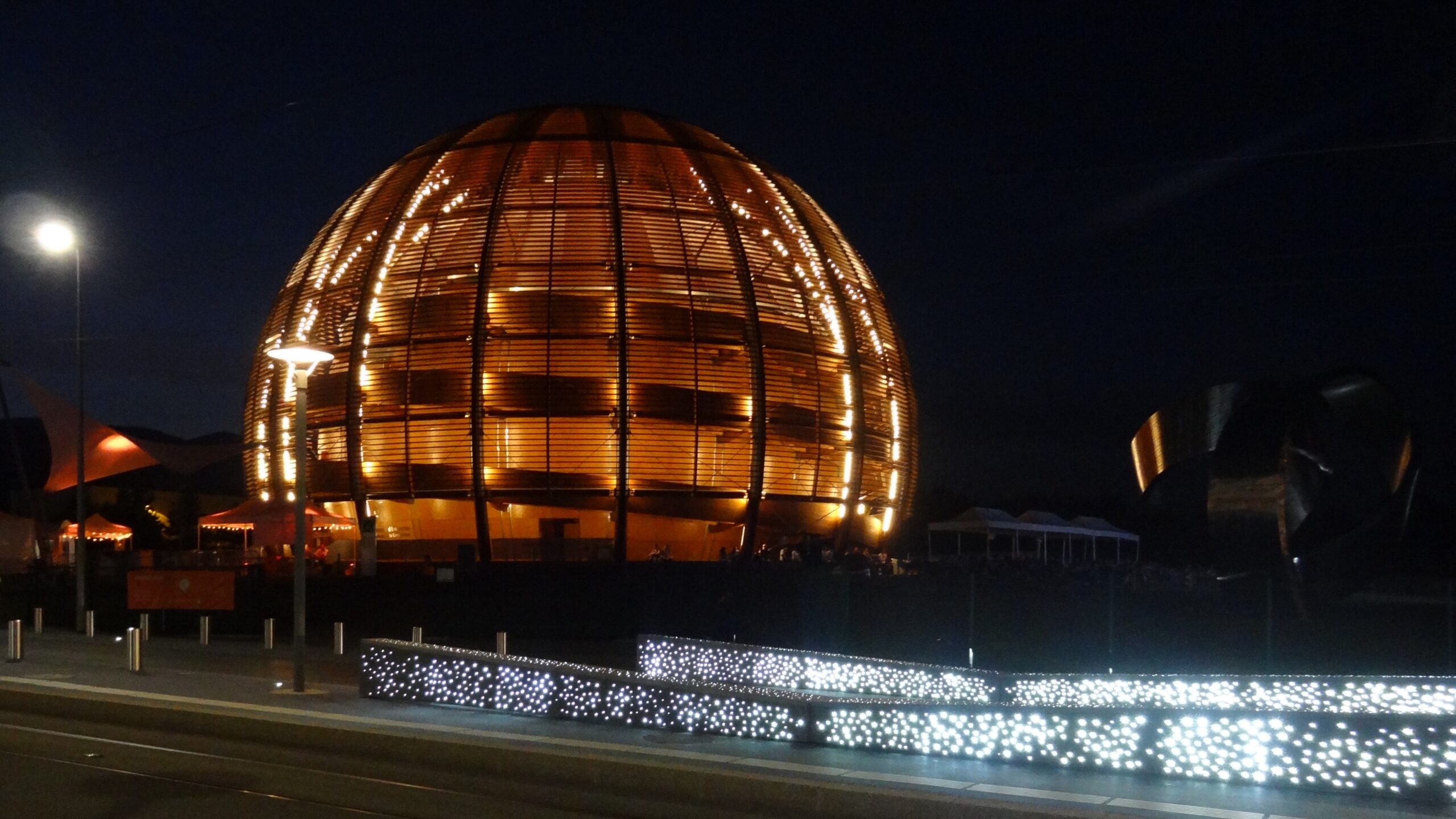The European Strategy for Particle Physics (ESPP) took place in Venice with talks and discussion on the future direction of European particle physics in the global context, for a programme, see https://agenda.infn.it/event/44943/overview
National input from members of the high-energy physics communities in CERN’s 25 Member States so far indicate broad support for the FCC programme on account of its outstanding scientific potential and long-term strategic value. From the summary talk by Calin Alexa (direct link https://agenda.infn.it/event/44943/contributions/265700/attachments/137706/207148/ESG%20WG1%20report%20v15.1.pdf)
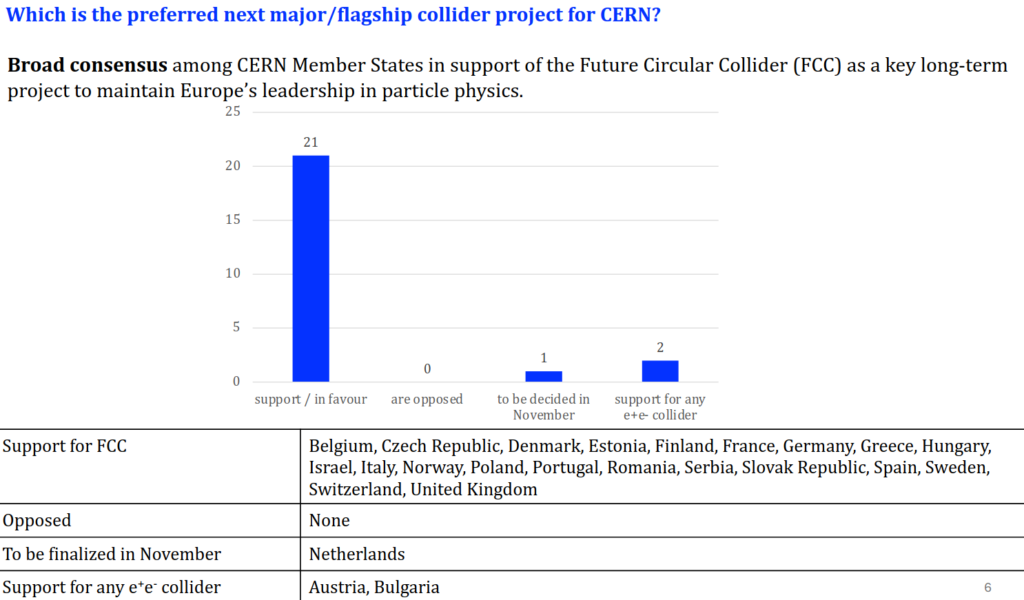
“I am happy to see that the recommendations of the 2020 ESPP update and their implementation via the FCC Feasibility Study enjoy overwhelming support from the vast majority of the high-energy physics community as well as leading experts,” said Costas Fountas, President of the CERN Council.
Input and recommendation by Poland, co-authored by Janusz Gluza: https://inspirehep.net/literature/2916518

